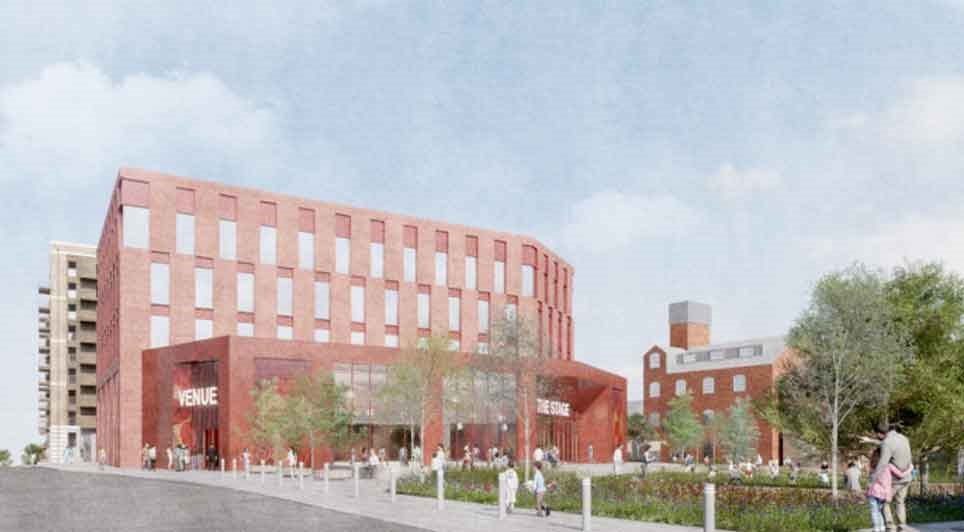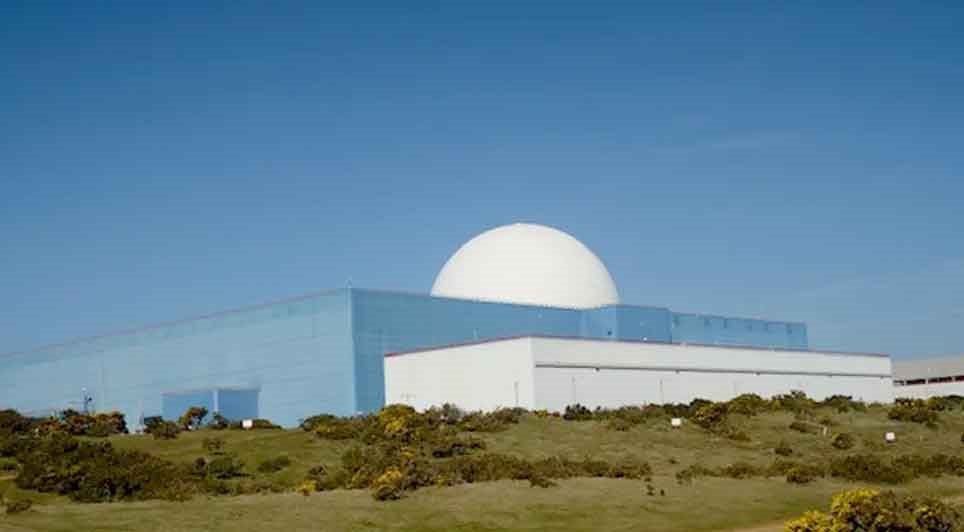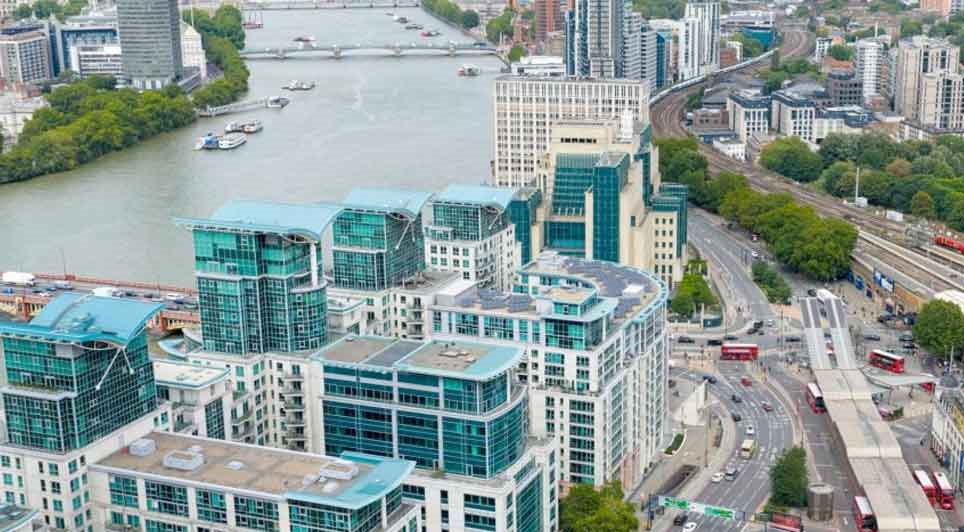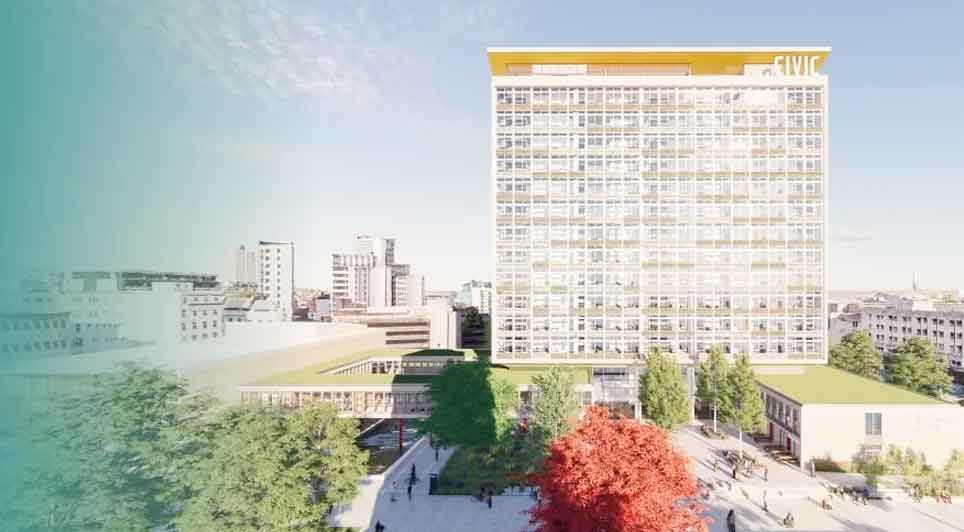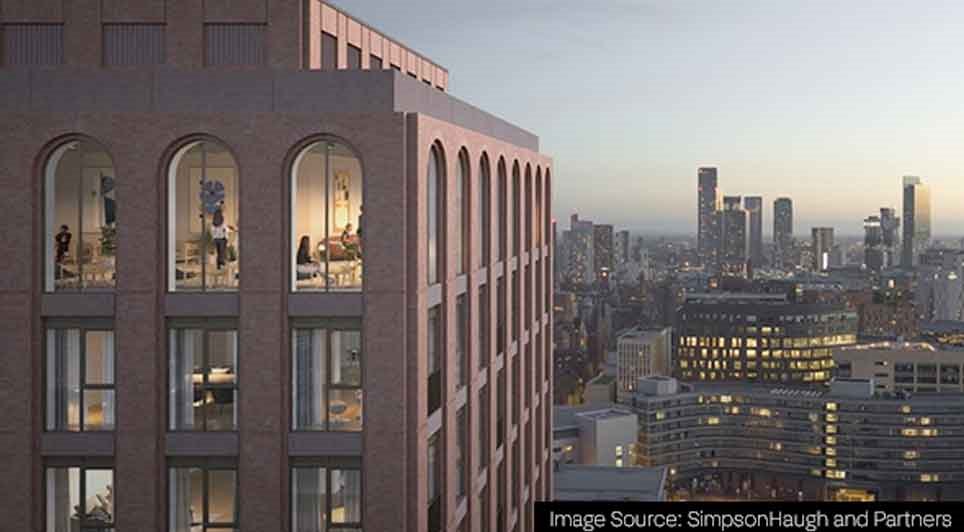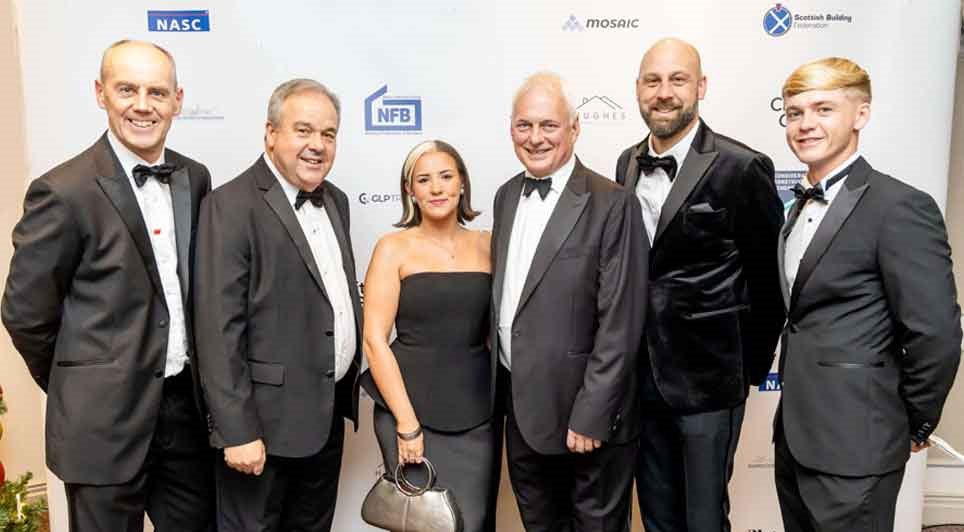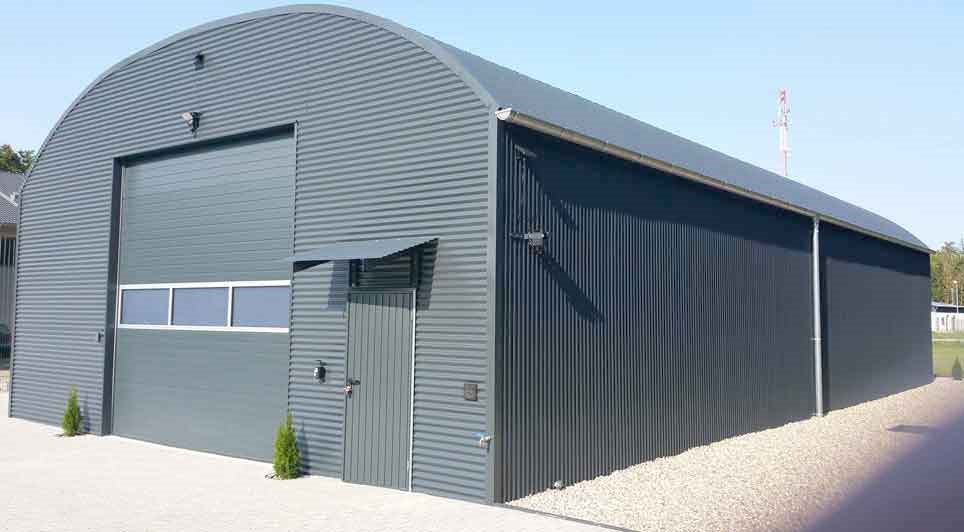The construction industry is enjoying record low prices on energy efficient LED bulbs as it was announced that the average price for an LED lamp has fallen by 9.4% over the past year.
Increased competition in the market and ever-improving production standards means that manufacturers and suppliers are slapping a smaller price on the products than ever, leading to great savings for those buying in bulk.
Energy efficiency is a huge concern at the moment for the commercial and private property industries as the Government has taken steps to prioritise and benefit buildings that are green.
It has become a legal requisite for all advertising material for properties to display their energy performance certificate rating. This demonstrates how energy efficient that the property is can be a key factor when investors are making a decision.
A poor energy efficiency rating could lower the value of the property as the investor knows that they will be paying additional energy costs in the future. Property owners and developers are currently planning ways in which to improve the energy efficiency of homes and commercial buildings to ensure that their valuations don't suffer.
It is becoming extremely cost-effective for the property developers to increase energy efficiency by placing LED technology throughout. In the USA, the cost of lumens per dollar (a method to determine the cost efficacy of lighting a property) has risen steeply by 17.5% to 30.2 lumens per dollar.
Principal Analyst at HIS, Jamie Fox, reported in the LED Lamp Retail Price Tracker that this trend will continue and even more savings can be made in the future.
"Chinese manufacturers are increasingly taking market share from other countries' suppliers. Also LED technology is still improving, and there is generally fierce price competition between the manufacturers. Prices will continue to fall.
"The big question is whether manufacturers will reduce the lifetime of the products so that they have more replacement market. Manufacturers have been working hard to reduce prices over the years to enable real adoption. "Smart technologies where lighting is on/off/dimmed under certain conditions, or controllable, offer potential for savings, but typically these will come off the ongoing electricity cost rather than the up-front capex purchase cost of the product."
Incandescent bulbs are slowly being phased out with EU bans being placed upon their sale. This will only move to make the LED market even more fierce and could see further reductions in price.
Astute Lighting Ltd Director, Mr Adam, believes that this LED trend will continue to strengthen: "We are seeing advances on a nearly weekly basis with greatly improving technologies moving rapidly, at an almost exponential rate. In 10 years' time the lighting landscape will be completely different and everyone will benefit from it."
Fortunately for those who are reliant on incandescent bulbs at the moment, the LED equivalents use the same fittings so replacing your bulb type is simple and efficient.
This means that they will not have to invest in new light fittings. The only investments that need to be made will be in the LED bulbs themselves. Whilst this technology is still generally more expensive that its halogen counterparts, LED lighting brings with it long-term savings.
The increased energy efficiency means that monthly bills will be lower as less energy is being wasted. Furthermore, this energy efficiency leads to a longer life with fewer replacements being needed to ensure that the property is constantly lit up.
The final frontier for the LED industry is developing a suitable replacement for 100watt bulbs. So far these have not been created but a number of market leaders are currently working on the technology.
 UK
UK Ireland
Ireland Scotland
Scotland London
London


